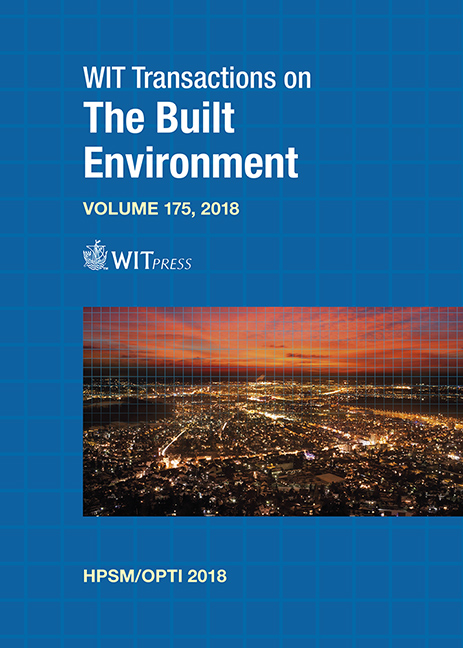ANFIS PREDICTION AND MODELLING OF HARMFUL EFFECTS ON THE ENVIRONMENT PRODUCED BY VEHICLES CROSSING ROAD BUMPS
Price
Free (open access)
Transaction
Volume
175
Pages
10
Page Range
203 - 212
Published
2018
Size
450 kb
Paper DOI
10.2495/HPSM180211
Copyright
WIT Press
Author(s)
SEBASTIAN TOPLAK, DRAGO SEVER
Abstract
Modelling and predictions of road traffic emissions and ground-borne vibrations caused by vehicles driving over different types of road bumps has become a rapidly developing research area. However, due to the lack of effective methods and indicators that would define traffic behavior, the accuracy of emissions and vibrations with such an approach is often not at the appropriate level. This paper presents the attempt to model and predict harmful road traffic emissions and vibrations using microsimulation traffic tools and emission models on one side and hybrid optimized models based on artificial neural networks and neuro-fuzzy techniques on the other. The optimized ANFIS-based model was developed to predict harmful road traffic emissions. Basic data were obtained with two programs: VISSIM for micro simulation of traffic flow and ENVIVER to calculate the corresponding emissions at vehicle level. The predicted NOx values indicate a significant increase of emissions by vehicles driving over road bumps, which is almost 100% higher than normal driving. The evaluation and prediction of ground-borne vibrations focused on heavy-duty vehicles, which usually cause perceptible levels of ground-borne vibrations. The prognosis of ground-borne vibration was made with local measurements and empirical vibration predictors. The predicted vibration levels caused by heavy-duty vehicles driving over road bumps are up to 24 times higher than normal vehicle driving (sinusoidal bump). Research shows that setting up speed bumps in different locations in urban areas has to be carefully examined because the level of harmful emissions and ground-borne vibrations increase.
Keywords
traffic emissions, ground-borne vibrations, micro simulation, adaptive neuro-fuzzy inference system





